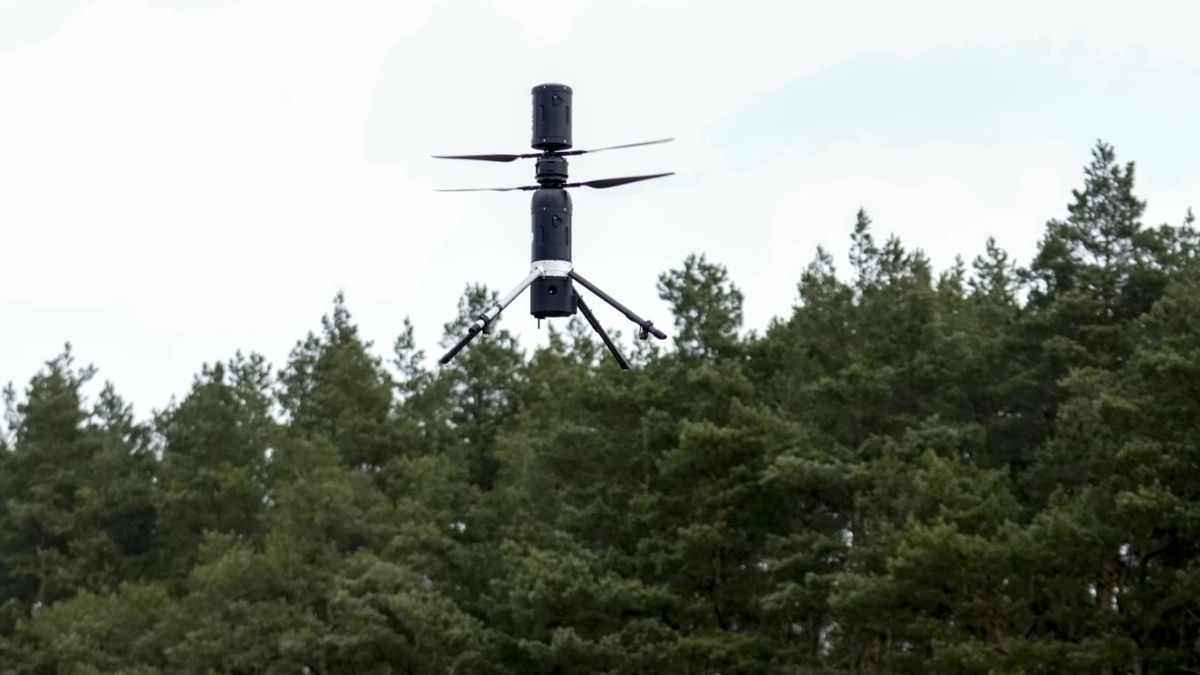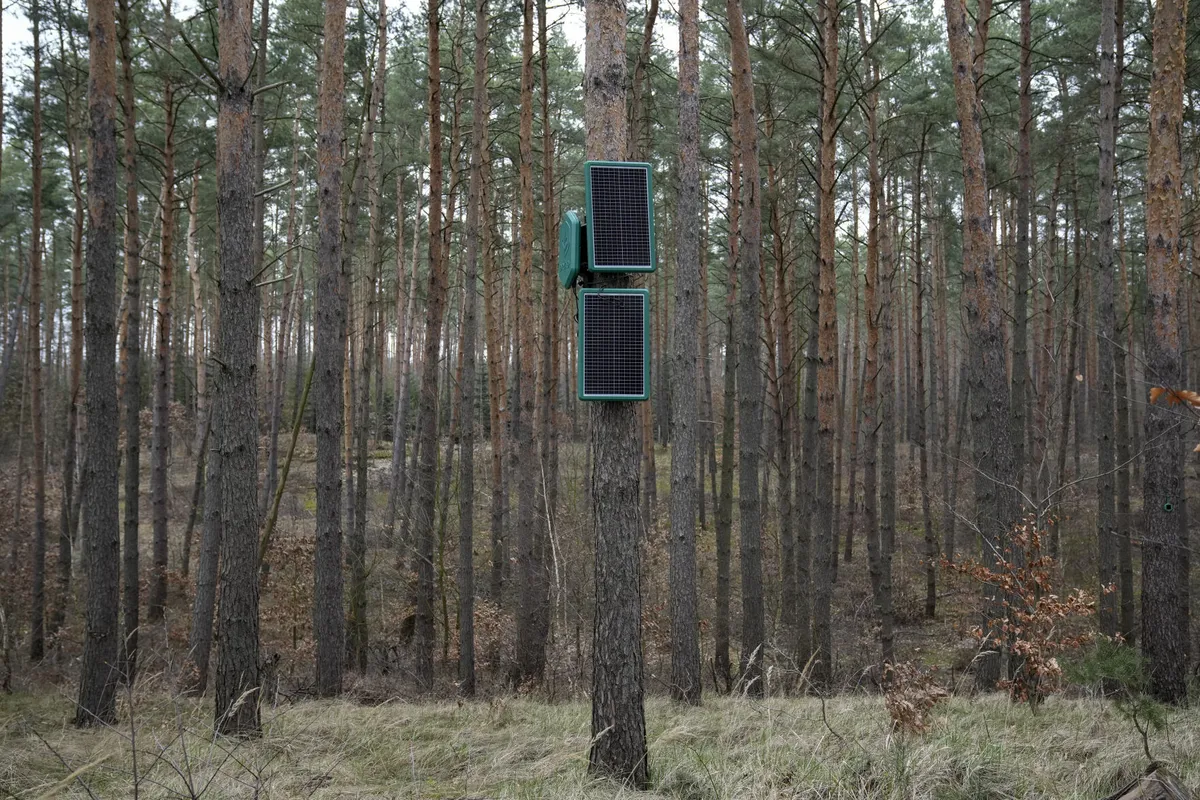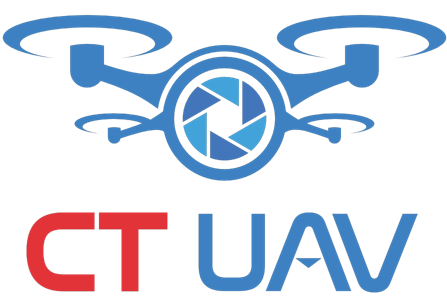As wildfires become increasingly frequent due to climate change, cutting-edge technology has emerged as a crucial tool for early detection and rapid response. Among the most remarkable advancements is the integration of artificial intelligence (AI) into unmanned aerial vehicles (UAVs), enabling real-time monitoring, detection, and data collection on wildfire incidents.
UAV Technology and Early Wildfire Detection Capabilities
This new generation of UAVs is designed to operate in conjunction with wildfire detection sensor networks. When sensors identify potential fire hazards, UAVs autonomously deploy to the affected area, utilizing infrared cameras and optical sensors to assess the fire’s location and scale. AI algorithms further analyze smoke patterns, temperature variations, and other critical indicators to provide precise assessments, ensuring that emergency response teams receive accurate and timely data for effective firefighting strategies.
Beyond their surveillance capabilities, UAVs can operate continuously using solar power or automated charging stations, enhancing their operational range and reducing response times. In the future, these technologies may evolve into UAV systems capable of maneuvering beneath forest canopies to suppress fires in their nascent stages.

Footage of the unmanned aerial vehicle Silvaguard – Dryad Networks (Germany).
Efficiency and Application Potential
The integration of UAVs into wildfire detection systems offers numerous advantages:
- Reduced Detection Time: UAVs can pinpoint wildfires within minutes, significantly faster than traditional detection methods, which may take hours.
- Enhanced Data Accuracy: Infrared imaging and AI-powered analysis enable UAVs to deliver comprehensive assessments of fire conditions, aiding emergency responders in formulating effective containment strategies.
- Optimized Firefighting Resources: By remotely gathering crucial information, UAVs reduce the need for personnel deployment in hazardous or inaccessible areas, allowing firefighting units to allocate resources more efficiently.
- Environmental Protection: Early wildfire detection and response minimize ecological damage, preserving forest ecosystems and preventing loss of biodiversity.
The Future of UAVs in Wildfire Prevention and Management
UAV technology continues to advance, offering scalable solutions for large-scale wildfire prevention and management. Emerging systems are being developed not only to detect fires but also to actively suppress them using innovative approaches, such as ultrasonic waves that extinguish flames without the need for water. Research efforts are also focusing on fully autonomous UAV networks that seamlessly integrate with command centers to establish a comprehensive wildfire monitoring infrastructure.

Footage of solar-powered gas sensors connected via a wireless network.
While regulatory and commercial deployment challenges remain, the potential applications of UAVs in wildfire detection and mitigation are undeniable. With ongoing advancements in AI and aerospace technology, UAVs are poised to become indispensable tools in forest protection, helping to minimize wildfire-related losses and safeguard natural environments for future generations.
